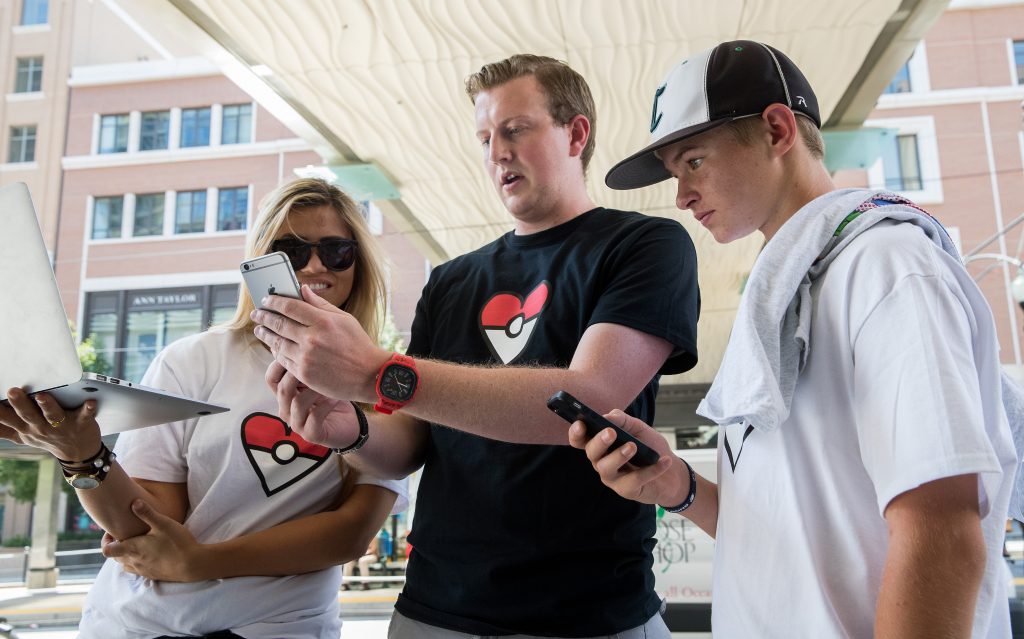A group of BYU students has found a way to make “Pokemon Go” a playable experience for children who are hospitalized and cannot walk outside to play.
The augmented reality game “Pokemon Go” has become a sensation that has swept the nation. According to Survey Monkey, “Pokemon Go” is the biggest mobile game in U.S. history. The game requires players to go outside and walk around while searching for Pokemon on their phones.

Even though the game is successful, playing “Pokemon Go” becomes another activity that hospitalized children cannot participate in. People on social media have tried to solve the problem by asking players to drop lure modules near hospitals so that children can play from their hospital beds. However, this has created problems for hospitals because lure modules attract unauthorized visitors onto hospital campuses.
BYU students from the School of Communications advertising program have come up with a solution that will allow children to play “Pokemon Go” without hindering hospitals. The BYU AdLab is in the process of creating “Go For Good,” a software that allows family and friends to connect with a hospitalized child through video conferencing software. The software enables children to see what is going on outside and in the game, so they can communicate with their “proxy” to “catch ’em all.”
BYU advertising major Micah Wilkes explained how the idea came into place.
“We all enjoyed playing the game and wanted to make something creative with ‘Pokemon Go’ because of the media attention,” Wilkes said. “At first we wanted to do something funny, but then the question evolved into, ‘How can we use ‘Pokemon Go’ to help others?'”
While the BYU AdLab students were formulating their hospital idea, they read stories about hospital staff requesting Niantic, the creators of “Pokemon Go” to remove hospitals as Pokestops. This inspired the BYU AdLab to find a way for hospital patients to play the game without interfering with hospital staff and regulations.
Sam Platt, another advertising major at BYU, said the permission process from Primary Children’s Hospital was a challenge.
“It took us eight to nine days to get into a (hospital) room to play,” he said.
But Primary Children’s Hospital liked their idea and had a patient who wanted to play. On July 26, the BYU AdLab students tested out Go For Good at the hospital.
“It’s a great feeling to use creative problem solving with a relevant trend to help out others,” Wilkes said.
Go For Good recommends players to check igoforgood.com or contact their local hospitals to find out how to volunteer.




